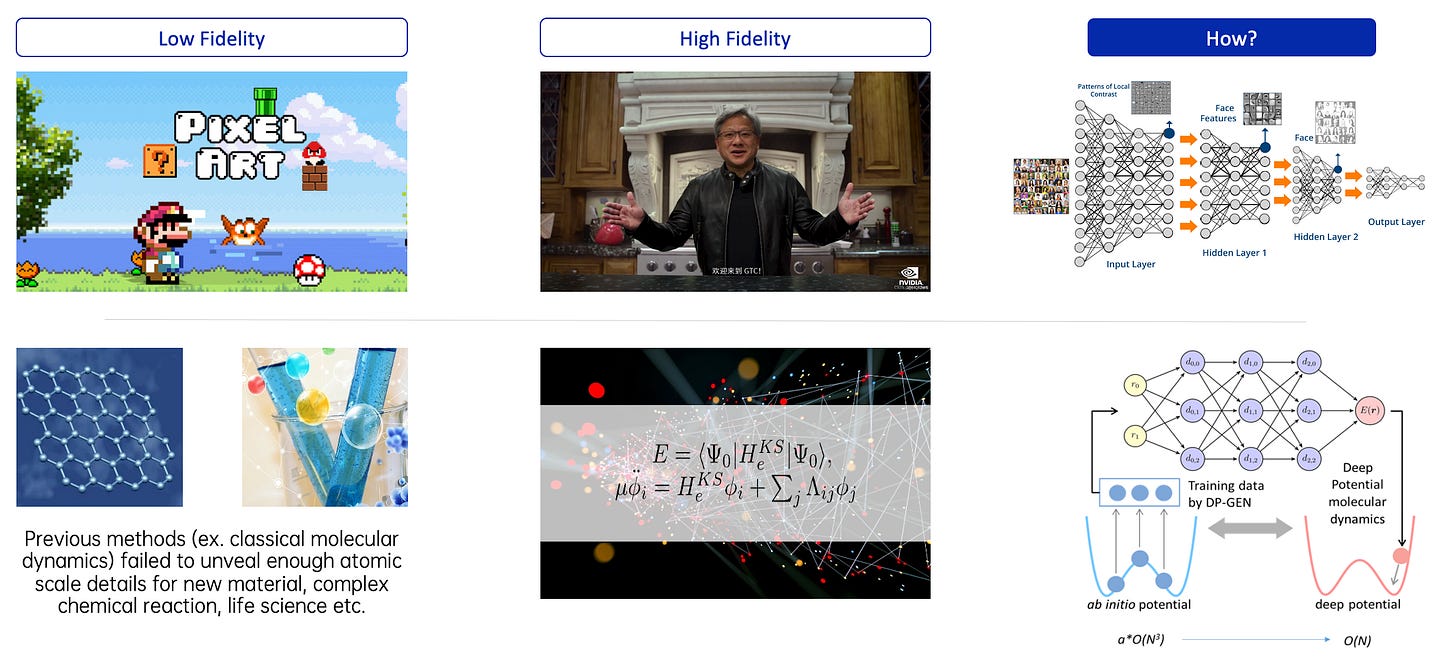More is Different, the Gulf between Science and Technology
Why scientific breakthrough does not always translate to technology advancement and what could be done to bridge the gap
Science and Technology are often used interchangably in everyday situations. One could argue that it is because they are the opposite sides of the same coin. Over-simplified, Science is the ‘reduction’ of nature to rules, and Technology is the ‘construction’ of nature from rules.
From Newton to the industrial revolutions to the emergance of computers and Internet, paradigm-shifting technologies had always emerged quickly after the establishment of the corresponding science. These include everything we take for granted as part of modernity: internal combustion engines, light bulbs, and Wi-Fi, to name a few.
In the first half of 1900s, quantum physics was established and was widely considered to be the ultimate science we need to explain everything — from the basic particles all the way to lifes and galaxies. However, things didn’t go as planned. 100 years after Schrodinger established the Nobel-winning equation that governs the movement of particles, we still don’t have a perfect solution to convert this science into technologies — we still cannot rationally design a ligand for a specific diasease (despite trillions of dollar in healthcare research); we still can’t design a viable lithium metal battery (even after Sony commercialised Lithium-ion battery 30 years ago); and we still don’t have fusion energy (despite being ’50 years away’ for more than 50 years).
Billions of dollars are spent on simulation softwares every year, which is supposed to help ‘construct’ nature from science; yet researchers still needs hundreds of billions dollar more to spent on wet labs to generate experimental results and ‘reduce’ them into patterns/rules. In areas such as drug design and material science, research is still largely done by “trial and error” not unlike the days of Thomas Edison a century ago.
Why the Gap?
In PW Anderson’s article ‘More is different’ in 1972, he argues that finding the laws that govern nature is not sufficient for understanding nature. ‘Reductionism’ leads us to these laws, but that does not make the opposite path (‘constructionism’) trivial, or even feasible. Another Nobel Laureate, Roald Hoffmann in his recent essay “Simulation vs. Understanding”, echoed the same notion.
As Paul Dirac famously said
“The underlying physical laws necessary for the mathematical theory of a large part of physics and the whole of chemistry are thus completely known, and the difficulty is only that the exact application of these laws leads to equations much too complicated to be soluble.”
Even with powerful simplications like Kohn-Sham, solving Schrodinger equation for a reality-relevant system (typically with >100k atoms) have proven to be near-impossible even with the largest supercomputers in the world.
On the macro level, the pain is equally accute. Imagine if it takes 2h to generate a forecast for the weather next hour. Then this forecast, however accurate, would be de facto useless. This, unfortunately, is still largely the reality today, despite billions of dollar spent by governments on large computation infrastructures.
“More is different” means stacking up CPUs/GPUs will hit the wall of diminishing returns before yielding much meaning results.
As scientists looking for more powerful mathematics tools, AI emerged as a promising candidate. One could observe that a common challenge across science disciplines is efficiently solving high dimensional equations (Schrodinger’s equations, Navier-stokes equations, for example), and AI (machine learning) has, in recent years, demonstrated such capability in similar challenges like Computer Vision (lots of pixels -> lots of dimensions). The analogy is clear.
So, it is only intuitive to ask "can we use AI to fit high dimensional scientific equations", aka, "can we teach science to artificial intelligence".
Stay tune for the next post on what is AI for Science




